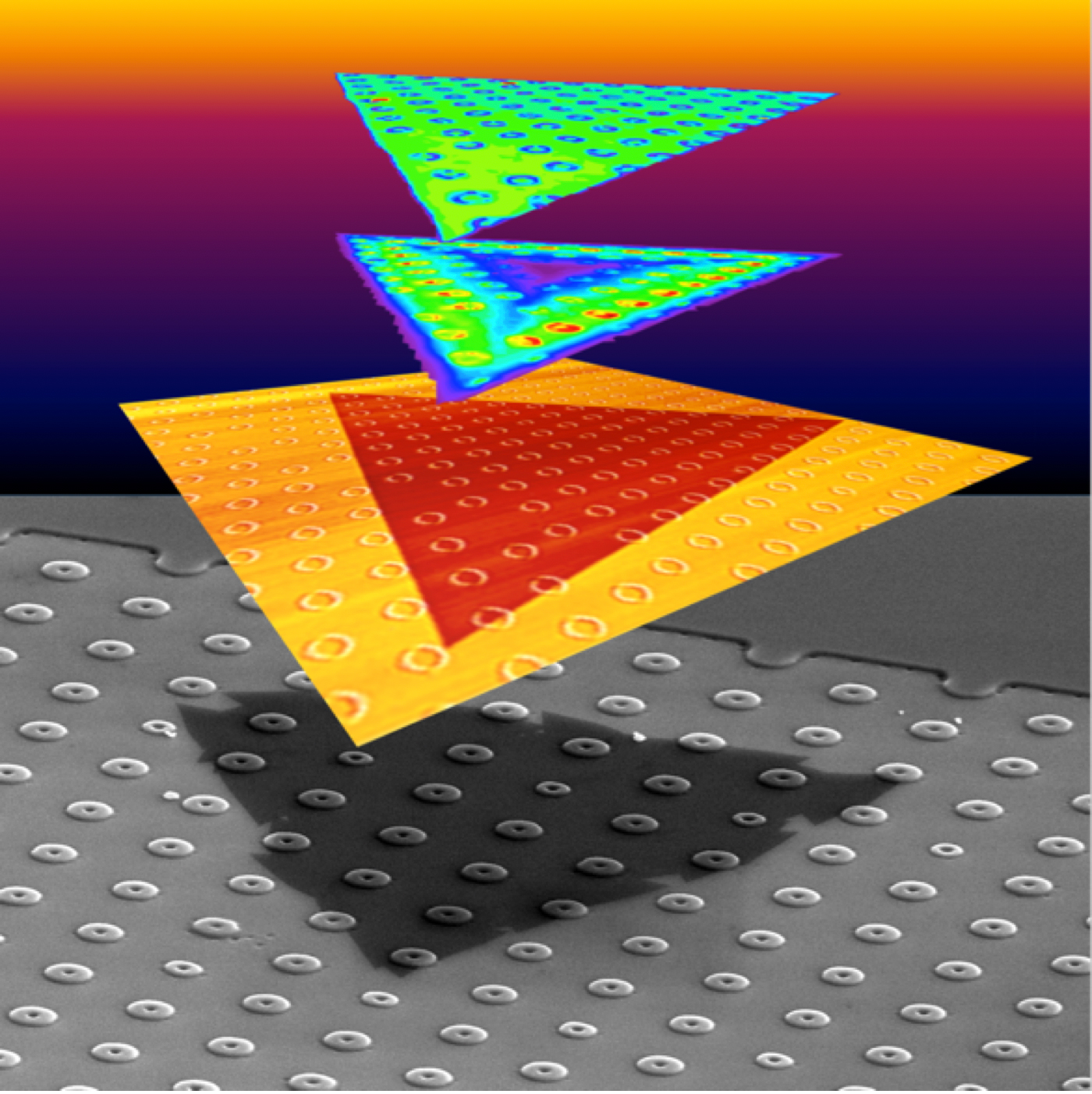
Material found in meteorites portends new possibilities for spintronic computing
Neutron and X-ray experiments illuminate the magnetic transitions in hexagonal iron sulfide that transform it from a conductor to an insulator.

Neutron and X-ray experiments illuminate the magnetic transitions in hexagonal iron sulfide that transform it from a conductor to an insulator.

Machine learning-based algorithm characterizes materials’ microstructure in 3D and real time.

Scientists reveal oxygen’s hidden talent for filling atomic gaps in 2D semiconductors and the surprising role of electron spin in electronic conductivity

Material traps noble gases at above-freezing temperatures, a difficult and important industrial challenge.

Growing two-dimensional crystals on curved surfaces introduces strain to control the crystal’s light emission.

Forming a staircase in the edge of the plasmas can boost the performance of a fusion reactor

Researchers determine how to design better materials for energy storage.

Developing computer models of the plasma in a unique device is helping a company take the next steps towards producing power

Researchers develop design rules that guide the self-assembly of crystals and frameworks into thin sheets for energy storage and other uses

Novel isotope tracking brings nanoscale chemistry into view

Ligands allow fine tuning of nanoparticle superstructure properties

New computer simulations reveal the explosive scene after ultra-dense stars collide, as well as where heavy elements may have originally formed.